Snow peaks, tropical forest, and sunny beaches, all in one
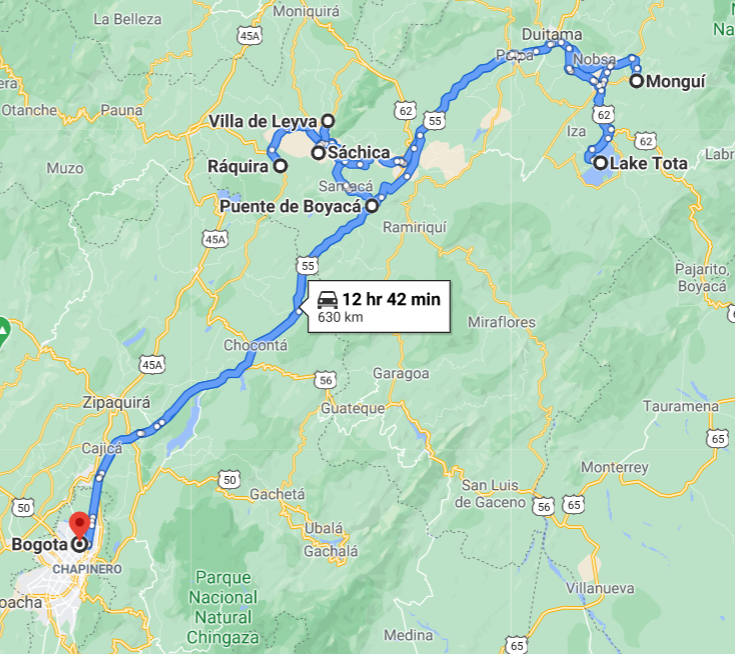
Duration: 4 days, 3 nights
Keywords: Riohacha, Camarones, Flamingos, Palomino, Buritaca, Parque Tayrona, Ciudad Perdida, Santa Marta, Minca.
Author: S&P
Summary:
This trip was done in between a larger field research trip and therefore is not conceived a round-trip. It can however be combined with a larger road trip in Colombia or simply be done as a flight-in-flight-out itinerary for travellers without much time to reach the Caribbean coast by car (at least 24 hours from Bogota). We started in La Guajira and ended in Santa Marta (but will suggest alternative routes), travelling along the Caribbean coast, enjoying amazing landscapes, relaxing on the beach, but also hiking through the mountains to add some adventure to the trip.
The trip took place in February 2021, low tourism season and during the COVID-19 pandemic, which allowed us to avoid the usual crowds at some of these destinations.
- Sight Seeing and landscapes 90%
- Family friendly 40%
- Aventure and sports 80%
- Culture, history, and art 80%
The Caribbean Coast of Colombia is wide and covers seven Departments (States): Sucre, Bolivar, Atlántico, Madgalena, Cesar, Cordoba and La Guajira which are surrounded by the beautiful blue Caribbean Sea, giving Colombia one of the largest and most beautiful coastal lines of the entire Caribbean. This road trip covers only the last two Departments starting in La Guajira and ending in Santa Marta, but for travellers with more time or interests such as history and culture, it is very easy to extend it and also cover cities like Cartagena and Barranquilla. The Caribbean Coast is a must-see in Colombia due to its fantastic landscapes and beaches, cultural heritage, and history. Here, we show a 7-10 day road trip, visiting some of the top tourist attractions of the region (including a 4-day hike to the “Lost-city” for adventurous travellers) which can be shortened for a week trip without long hikes, or extended for an up to 15-day adventure visiting another cities of the Caribbean coast.
This trip was done in between a larger field research trip and therefore is not conceived a round-trip, which we also not recommend since the best landscapes and destinations can be found by following the coastal road, which can however be combined with a larger road trip in Colombia or simply be done as a flight-in-flight-out itinerary for travellers without much time to reach the Caribbean coast by car (at least 24 hours from Bogota). Either way, here we will suggest a few alternative routes for travelling along the Caribbean coast, enjoying amazing landscapes, relaxing in the beach, but also some alternative stops for adding sports and adventure to the trip.
The trip took place in February 2021, low tourism season and during the covid-19 pandemic, which allowed us to avoid the crowds that are usual at some of these destinations. We highly recommend to visit this part of the country in low tourism season (in Colombia determined by the school holidays) since the tourist inflow from the rest of Colombia can be quite heavy in some months of the year (December and January in particular), making prices soar, and decreasing the quality of the entire experience (e.g. busy and loud beaches, poor service in hotels and tourism attractions, etc.). Also, since this is a region with high informality and dependency on the tourism sector, we recommend you be very careful with the tourism agencies and offers that you opt for: the quality is extremely different between formal and informal providers, as well as between those specialized in Colombia vs foreigners tourism. Even if it is a bit more expensive, we recommend booking day-trips and tours in advance with certified companies and try as much as possible to opt for “all-inclusive” packages: hidden costs in other offers can be large.
Travel tips
1. Enjoy traditional food (but be careful with drinks):
For an authentic dining experience, venture into the local markets during the day and sample street food. However, since water sanitation is poor in the city always ask if the food and drinks have been made with bottled water (agua de botella) to avoid getting food poising, which unfortunately is common.
2. Be respectful when meeting the indigenous people:
Meeting the traditional indigenous groups of the Sierra de Santamarta is an unforgettable experience, however, we recommend you to arrange your visit through reputable tour operators who respect their privacy and cultural practices. Also, keep in mind they do not live in a rush like us, so book enough time for your visit.
3. Don’t forget good hydration, sunscreen and vaccines:
While this is a tropical paradise, it also comes with the usual downsides of the tropics, namely, humidity, heat, lots of sun and mosquitos. Make sure you take the Yellow Fever and Dengue vaccines before travelling to Santa Marta. Also bring enough sunscreen, and mosquito repellents. Also, drink enough (bottled) water and avoid tap water or natural juices made with it. .
Day 1-2 Riohacha and Rancherias
The entire landscape to reach Riohacha and the high Guajira is very desertic and, with the exception of a few small towns, also very low populated. You will encounter endless sand dunes that land into wild beaches in the ocean, flamingos, and much more.
These harsh weather and geographic conditions have made it difficult for the region to develop but have also resulted in indigenous populations form the area (Wayuu) to preserve their traditional way of living being little changed for centuries.
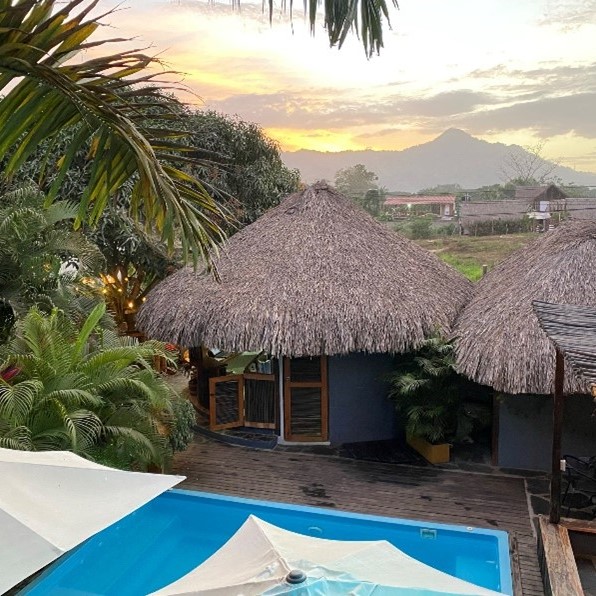
Day 3-4 Flamingos and Palomino
Our next destination is an absolute must see from the Caribbean Coast in which you can spend a few days to relax, enjoy beautiful sunsets, swim and even surf: Palomino. This small town is located at the border between the La Guajira and Magdalena, between two rivers deltas and the ocean.
On the way to Palomino, there is a National Park that is worth a short visit for watching interesting animal in its natural habitat: the National Flamingos Sanctuary
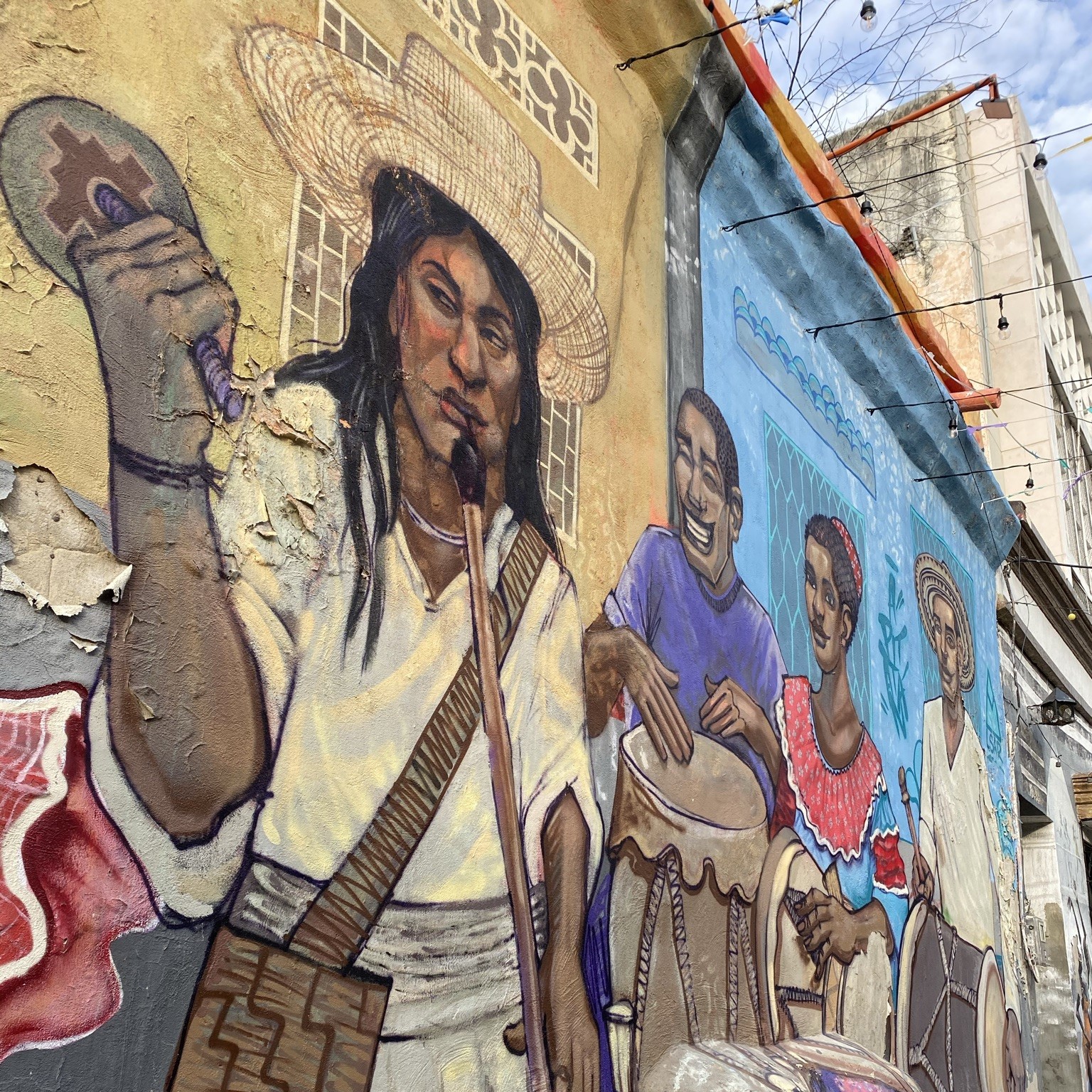
Day 5-9 Santa Marta and surroundings
Santa Marta is Colombia’s oldest surviving city, and is an absolute must see in the Caribbean coast. It offers a mix of stunning beaches, rich history, many options for natural adventures and vibrant culture.
Depending on how much time you decide to stay in Santa Marta and its surroundings you can relax in the beaches of Taganga and the Tayrona National Park, go up to the nearby mountain town of Minca to watch birds, or even adventure on a trekking to the Lost City (Ciudad Perdida), one of Colombia’s most iconic archaeological sites.
Suggestions for longer road trips
1. High Guajira expedition: Cabo de la Vela
El Cabo de la Vela, located in La Guajira, is a unique blend of desert landscapes and the Caribbean Sea. This unique destination is perfect for those looking to experience the natural beauty of golden dunes meeting turquoise waters. You can hike to the Pilón de Azúcar for panoramic views or relax on Playa del Pilón’s pristine sands. The area is also rich in Wayuu indigenous culture, offering a chance to learn about their traditions. To get here, hire an excursion with pick-up in Riohacha or Uribia, hire a 4×4 or join a guided tour to reach El Cabo de la Vela. The journey takes about 3-4 hours from Riohacha.
2. The top of Colombia: Punta Gallinas & Sand Dunes
Punta Gallinas, is the northernmost point of South America. This remote and stunning destination is characterized by dramatic desert landscapes, towering sand dunes, and turquoise waters. It is a must see for those who like to have a sense of isolation and untouched natural beauty. Highlights include the Taroa Dunes, where you can slide down sandy slopes into the sea, and the Faro de Punta Gallinas, a lighthouse with breathtaking views. The journey from Riohacha takes approximately 6-7 hours, including a boat ride from Bahia Hondita. Most excursions offered in Rioacha will let you choose between Cabo de la Vela and Punta Gallinas, or add a multi-day trip to both places.
3. Explore the beaches of the Tayrona Park
Tayrona National Park, is between Palomino and Santa Marta and is one of them most visited National Parks in Colombia. It offers a breathtaking blend of rainforests, mountains, and pristine Caribbean sea beaches. The park is renowned for its crystal-clear waters, golden sands, and diverse wildlife, making it a paradise for nature lovers and beachgoers alike. Highlights include hiking through tropical forests to reach secluded beaches like Cabo San Juan and La Piscina, perfect for swimming and snorkeling. The park also holds cultural significance, with ancient ruins like Pueblito offering a glimpse into the indigenous Tayrona civilization. Tayrona is an must see if you are visiting Santa Marta and its surroundings, for which we have created a separate blog post here.
Watching the snow peaks while being at sea level, on my way to the beach has been one of the most amazing moments I have lived. It reminded me while Colombia is the country of magical realism: things that are real there seem to have emerged from a science fiction book.
Recent Travels
In our most recent and upcoming blog-posts we will discover locally one of the most unexplored and fascinating countries in South America, which is also Paola’s homeland: Colombia.

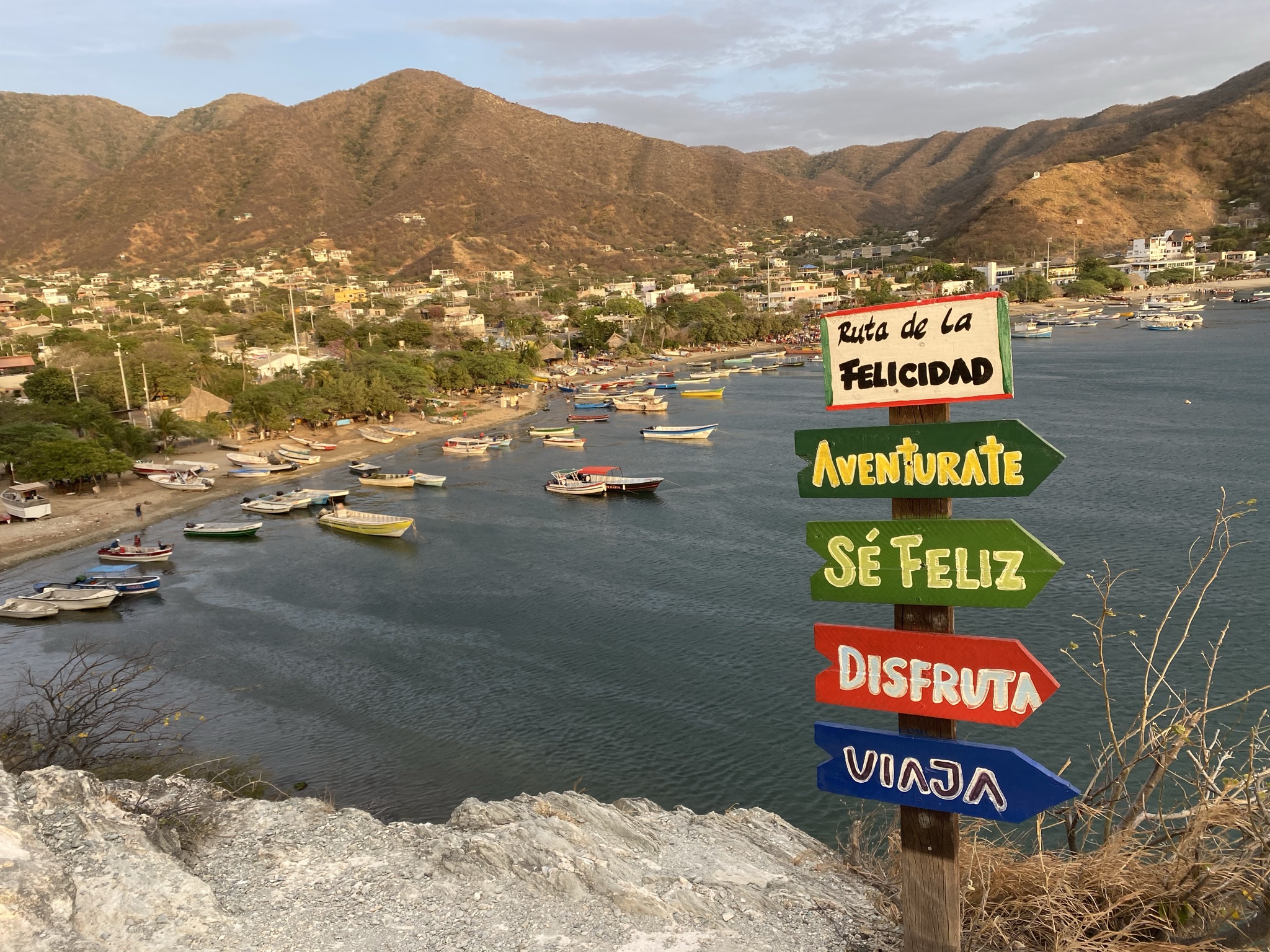

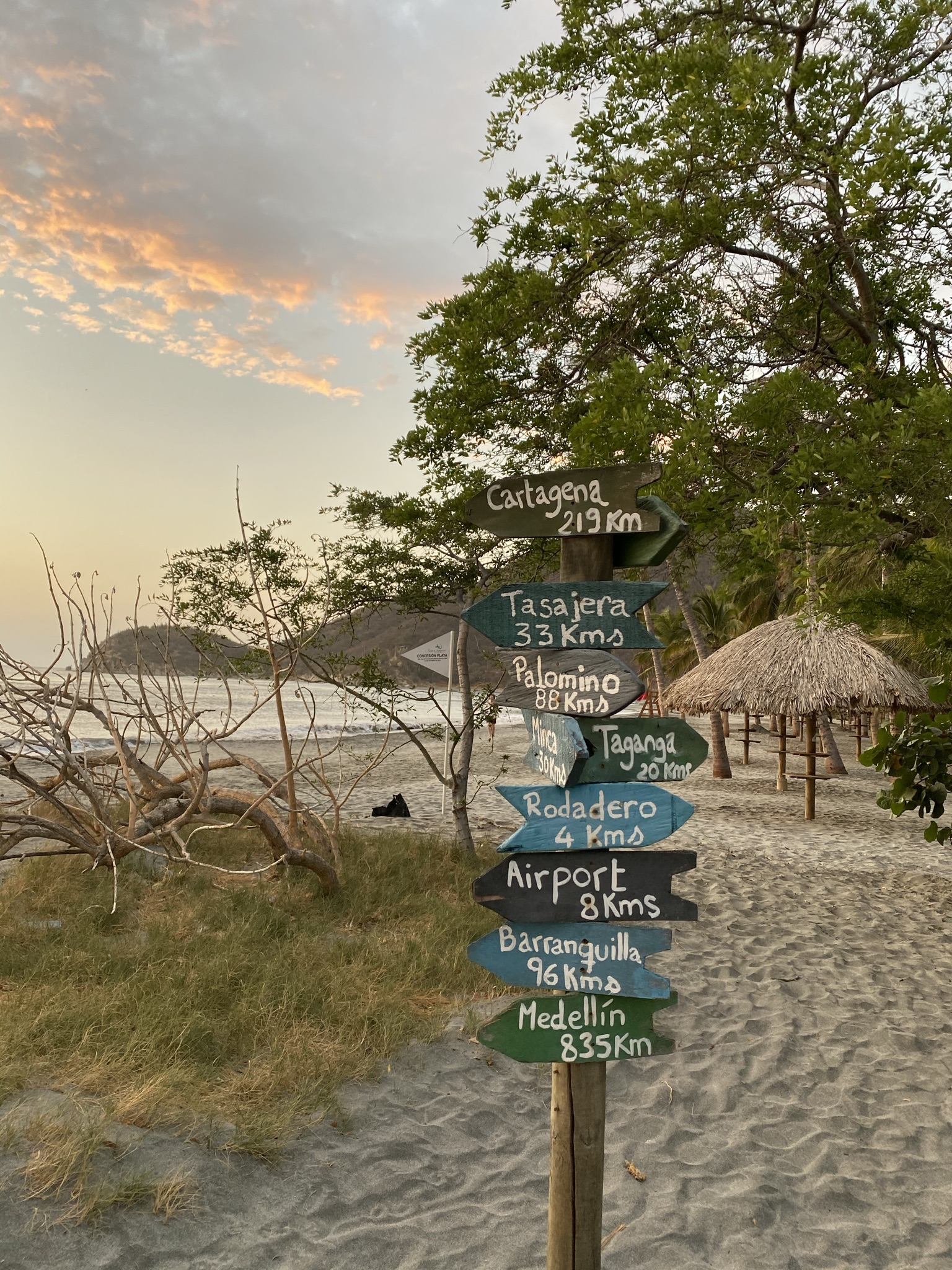
0 Kommentare